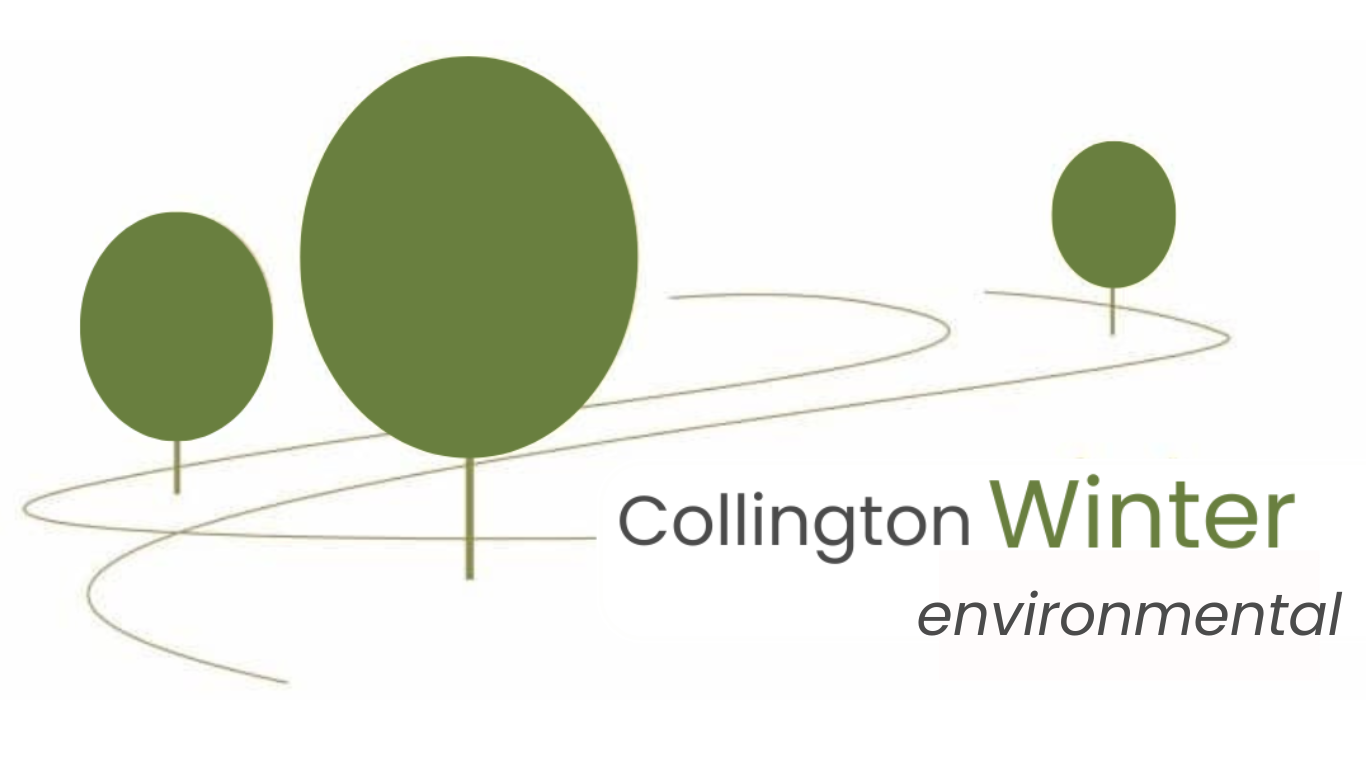Barn Owl Survey: Protected Species Surveys
Over recent years, the number of barn owls throughout the UK has experienced a sharp decline, mainly due to the diminishing availability of appropriate nesting locations. While various factors contribute to this decline, human activities, especially land development and property construction, stand out as the main cause.
As a response to the impact on barn owl populations, the legislation in the UK was altered to integrate them into key policies, recognising them as one among several protected species. Specifically, the Wildlife and Countryside Act 1981 ensures that it is illegal to intentionally kill, capture, or harm barn owls. Also, barn owl nesting sites are safeguarded under this law, making it prohibited to damage or destroy these sites.
Any developers carrying out planning works that could impact barn owls or roost sites should show consideration to them by instructing an ecologist to carry out a barn owl survey.
What happens as part of a barn owl survey?
Barn owl surveys typically involve various methods, including:
- Visual surveys: Observers search for barn owls during nocturnal surveys using spotlights or thermal imaging equipment.
- Acoustic surveys: Listening for the distinctive calls and vocalisations of barn owls using audio recording devices.
- Nest box monitoring: Installing nest boxes in suitable habitats and monitoring them for signs of barn owl occupancy, including nesting activity, pellet accumulation, and nest debris.
- Roost site surveys: Identifying potential barn owl nesting sites used by barn owls during the day, such as barns, hollow trees, or abandoned buildings.
When should barn owl surveys be carried out?
The restrictions associated with barn owl surveys differ depending on the methods employed during the assessment process.
However, considering that trees will undergo inspection for potential nest sites, it is recommended to schedule a barn owl assessment during autumn, winter, or early spring. During these seasons, trees are less likely to be covered in leaves, minimising the concealment of nesting or roosting features.
Regarding a barn owl activity survey or vantage point survey, it is advisable to schedule a suitable date towards the end of the breeding season. As field voles and common shrews in rough grassland make up a large percentage of barn owl diet, it is also advisable to conduct surveys when their population is at its highest. This is because the barn owl home range becomes much smaller when there is more prey available.
Barn owl survey reports
After conducting all ecology surveys, the ecological consultant will create a detailed report outlining the assessment findings. This report will determine the presence or absence of barn owls, which will assist the ecologist in making informed decisions that prioritise the protection of barn owls while facilitating future development stages.
Also, survey reports propose additional surveys necessary for the development site or property. They will also outline mitigation measures aimed at allowing the planning project to proceed in the presence of barn owls.
How can Collington Winter assist?
Collington Winter Environmental are a team of ecological consultants with extensive experience in undertaking barn owl surveys on all types of development projects. Our Ecology Director, Olivia Collington, holds a Natural England licence, and has worked with protected species across the UK.
Please get in touch with our Ecology Director Olivia Collington via email at info@collingtonwinter.co.uk for more information on protected species surveys. We also provide preliminary ecological appraisal and assessment services.
Contact Us
Registered Address
23 Bark Street East, 1st Floor, Bolton, BL1 2BQ
Cambridge Office
Future Business Centre, Cambridge Campus, Kings Hedges Road, Cambridge, CB4 2HY
Leicester Office
Rutland House, 23-25 Friar Lane, Leicester, LE1 5QQ
Bristol Office
Newminster House, 27-29 Baldwin Street, Bristol, BS1 1LT
Telephone
Head Office: 01204 939 608
Dumfries Office: 01387 378208

